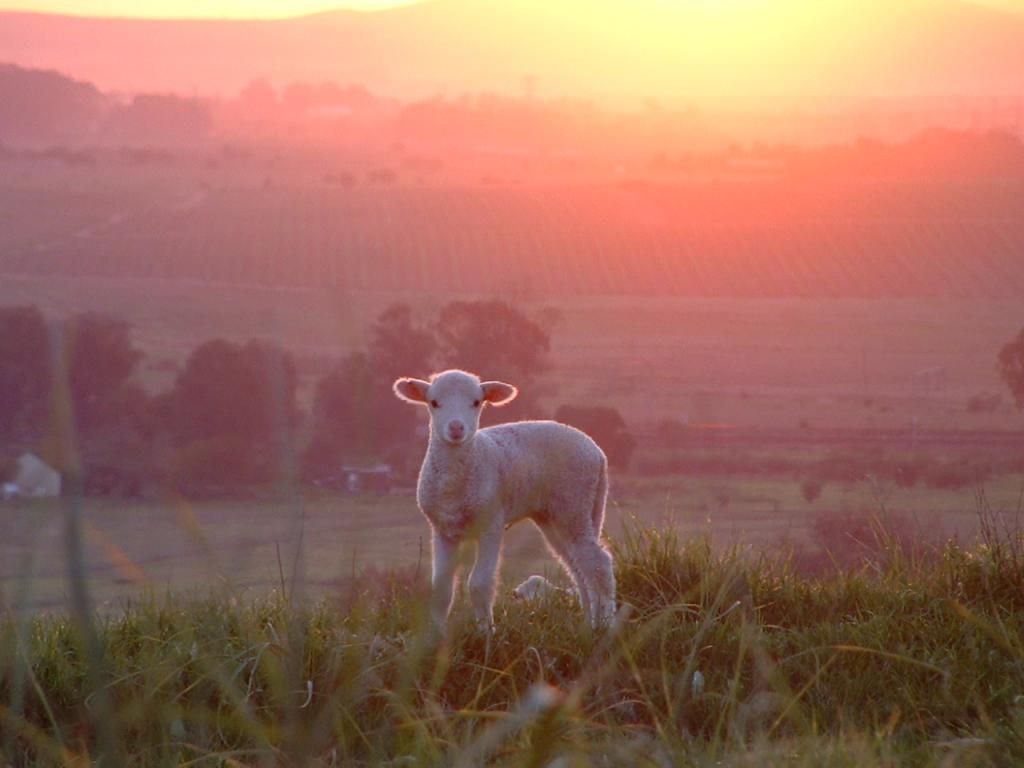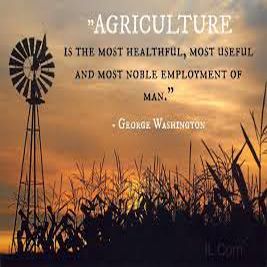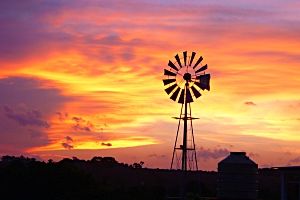Recent events in the wildlife and hunting arena spurred worldwide
condemnation of certain practices, latest of which was the shooting of a
collared lion in Zimbabwe.
It placed the spotlight on hunting and prompted
responsible hunters that put conservation of nature and natural resources first
and foremost, to call upon all hunters to refrain from participating in
unacceptable hunting and associated practices.
The South African Hunters and Game Conservation Association
(SAHGCA) only supports hunting of wild animals in their natural state
and in their natural habitat. SAHGCA members are diametrically opposed
to the intensive and selective breeding of game animals of all species solely
for hunting purposes, as it is incompatible with the definition of hunting.
Efforts to justify the intensive breeding of any species for
hunting purposes are none other than defending unacceptable practices. Such
practices have already tainted the country’s image as a hunting destination.
South Africa’s neighboring countries capitalize on our poor image and lure
overseas hunters with a promise of free roaming game to be hunted in real
safari fashion. This has a negative impact on local game ranchers that still
offer safari style hunting according to responsible hunting principles.
Although eco-tourism and hunting on extensive areas (that far
exceed the area under formal protection) in Africa play a major role in
conservation and rural economies, it is time for hunters to do introspection.
Not only is the reputation of hunting at risk, but also the reputation of the
country that is supposed to be a leader in the field of conservation.
Irresponsible hunting practices, luring of game animals from reserves into
hunting areas, put and take practices and intensive breeding of game animals
for hunting do not bode well for the future of hunting.
Members of the SAHGCA have grave concerns about the negative
biodiversity impacts of these practices and call on government to fulfill their
constitutional obligations as Trustee of our wildlife heritage. It must ensure
that while promoting justifiable socio-economic development, the environment is
protected for the benefit of present and future generations, through reasonable
legislative and other measures that prevent ecological degradation, promote
conservation and secure ecologically sustainable development and use of natural
resources. In this, incentives should be developed for extensive game farmers
that not only contribute to the economy, but that also make a huge contribution
to South Africa reaching its conservation targets.
SAHGCA also calls on hunters, professional hunters and outfitters
to uphold the principles of responsible hunting. It is impossible to defend
hunting in the wake of recent events in the hunting arena that shook the world.
We make no distinction between ungulates and predators in this regard. Should
we hope to sustain hunting for the foreseeable future; hunters need to refocus
their practices on responsible hunting of wild animals in their natural state.
The fact that we still have many game ranches and reserves with free roaming
game animals is part of South Africa’s competitive advantage as a tourism and
hunting destination. However, irresponsible practices negate the positive
aspects of our extensive game areas.
Responsible hunters want free roaming game animals. Such animals
offer hunting in its best form as well as a healthy protein source that is free
from remedies that are a necessity in livestock production. Game meat produced
in agricultural type production systems where remedies are required to address
increased parasite loads associated with small enclosures, detracts from the
benefits consumers have already associated with free ranging, healthy game
meat. SAHGCA believes there is a huge potential to grow the game meat market,
but it should be labeled and certified as free ranging.
For more information please contact SAHGCA President Dr Gerhard
Verdoorn on 082 446 8946.



































